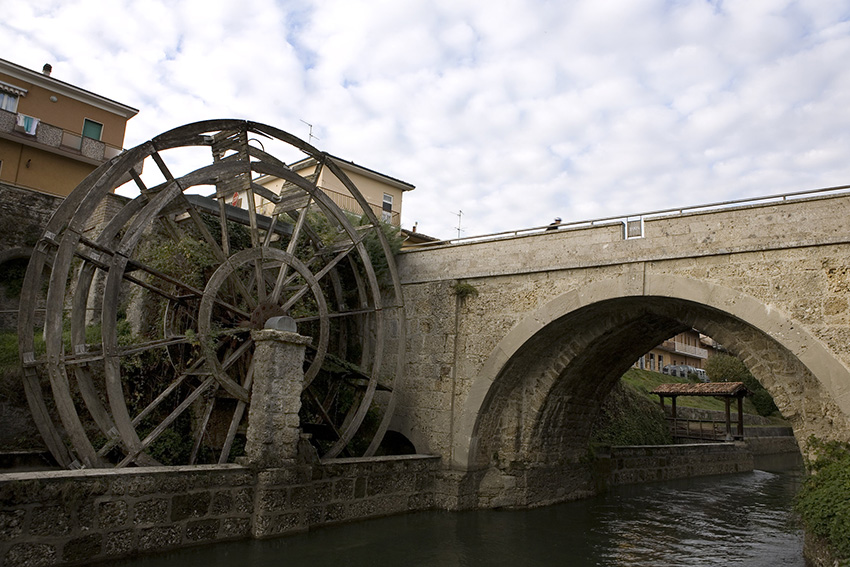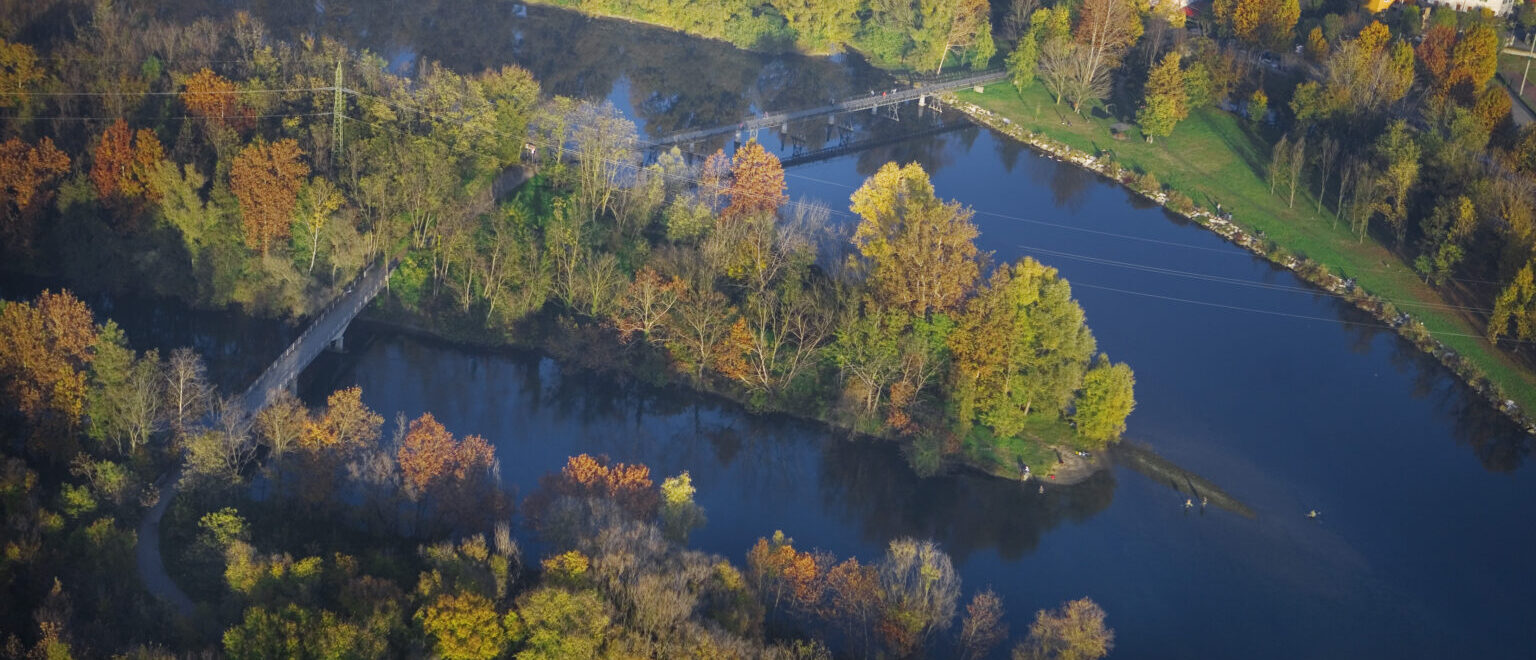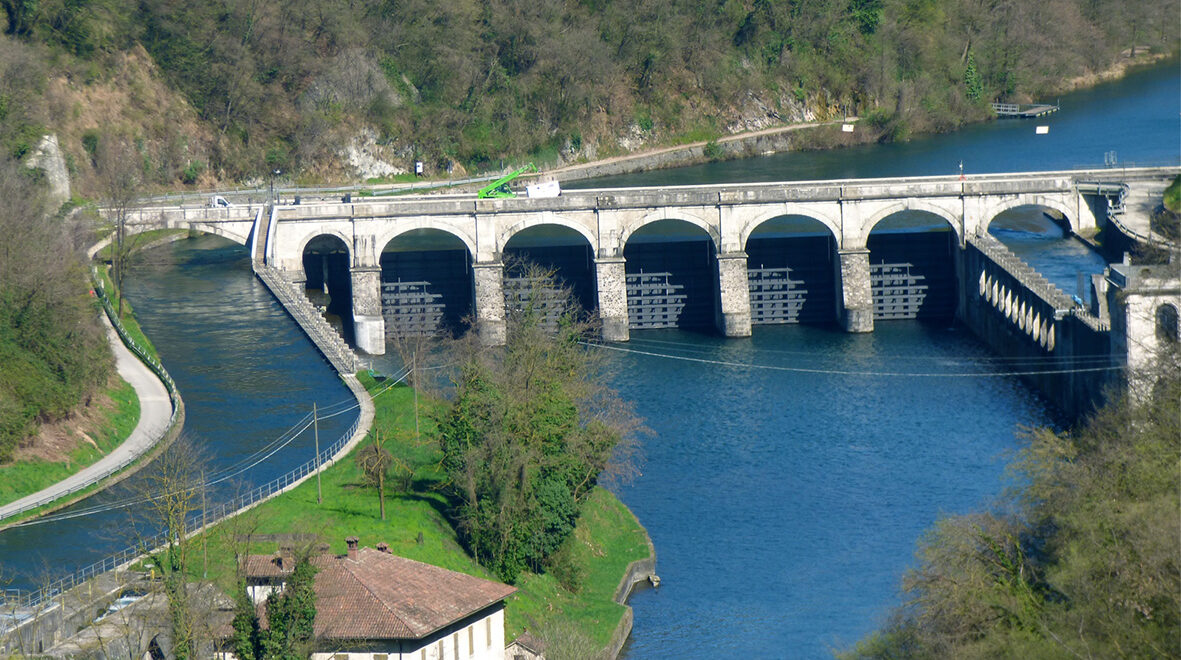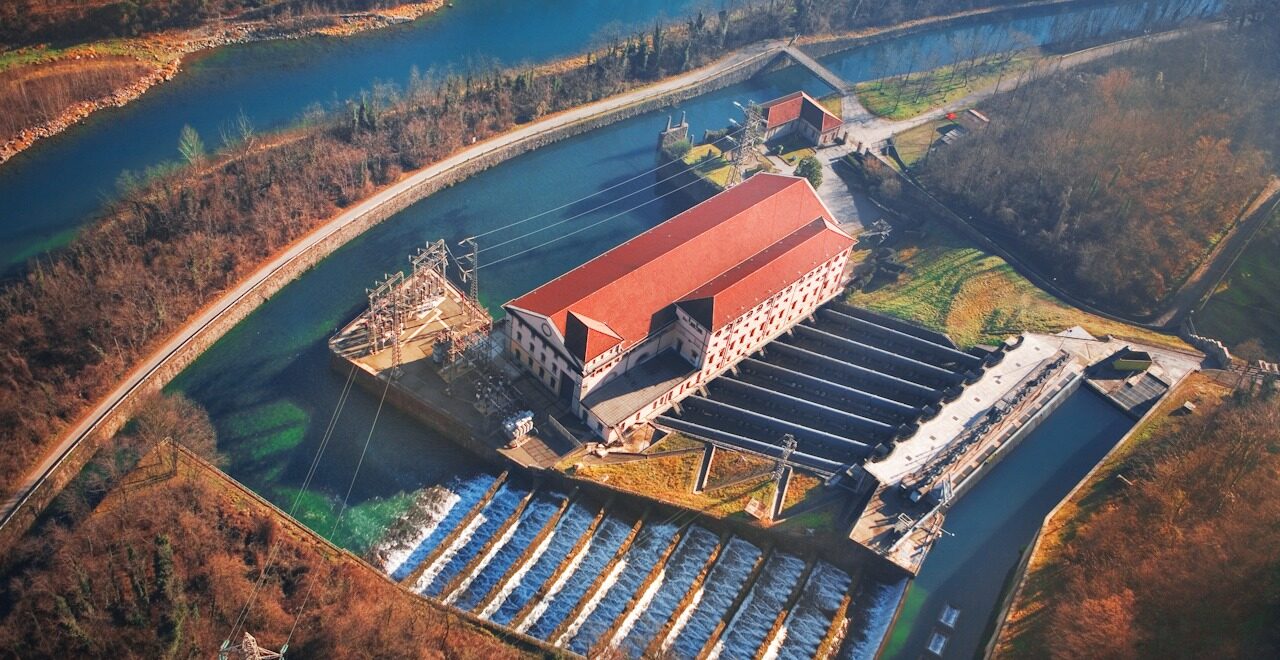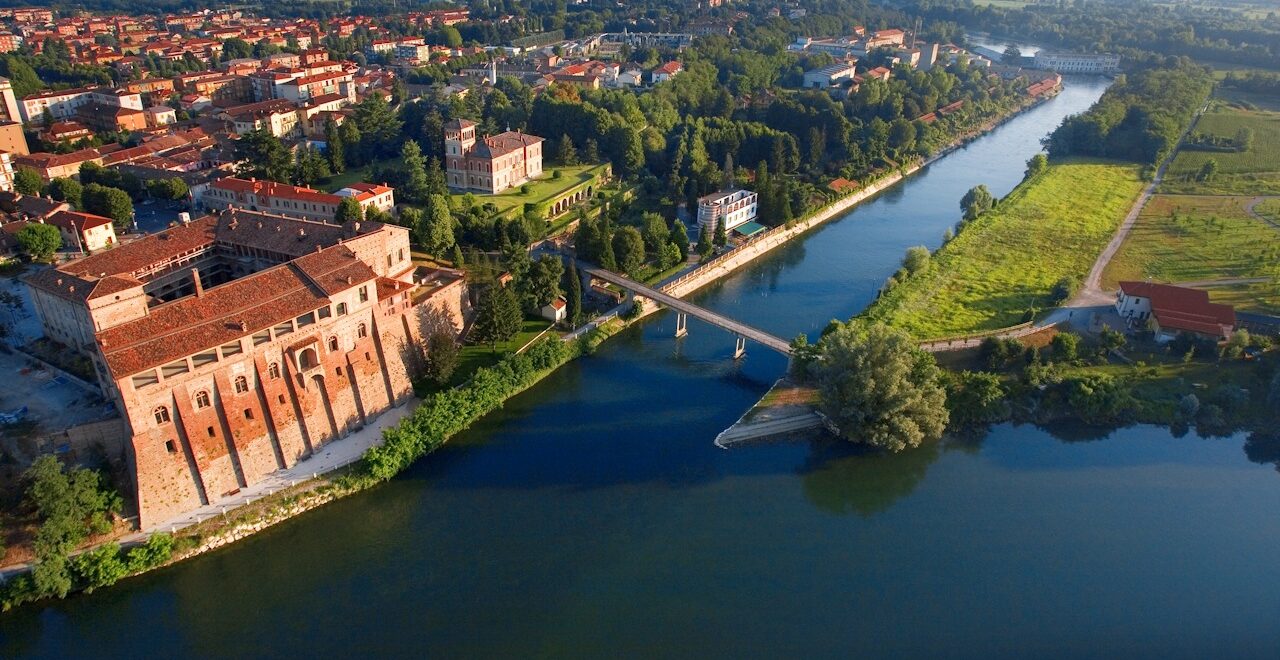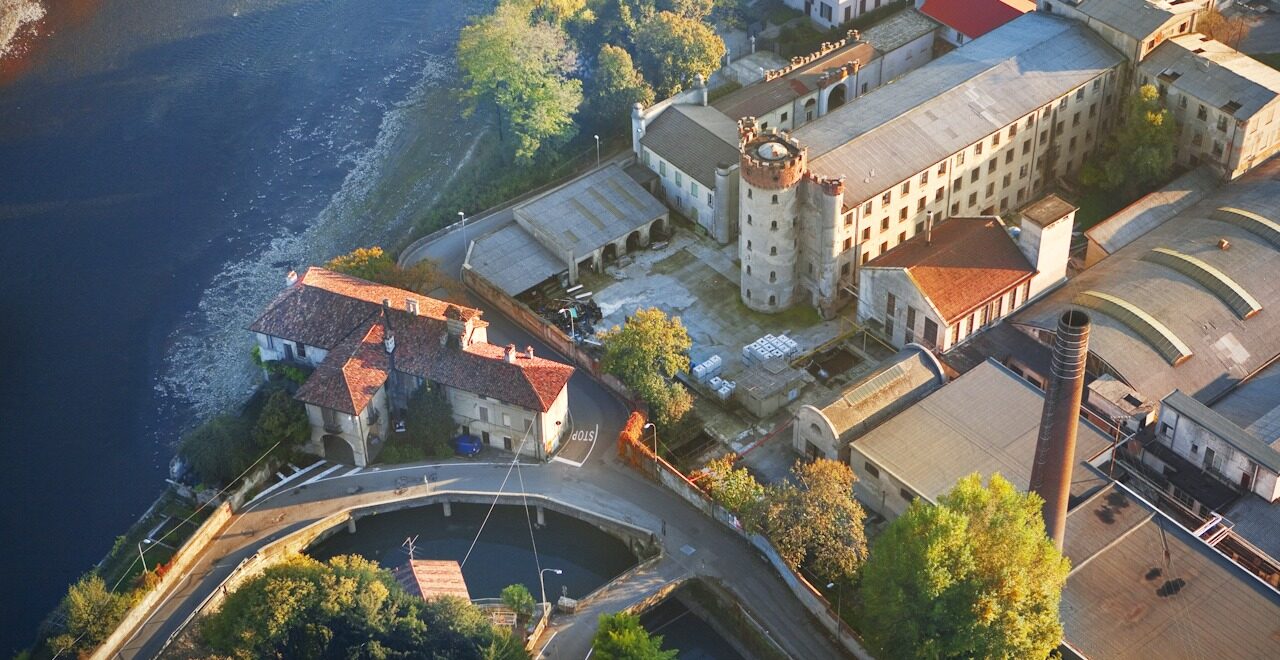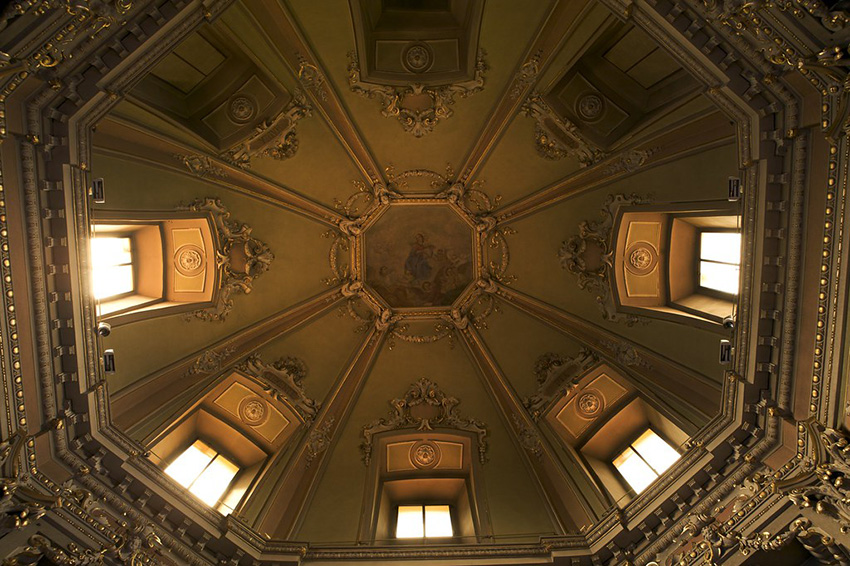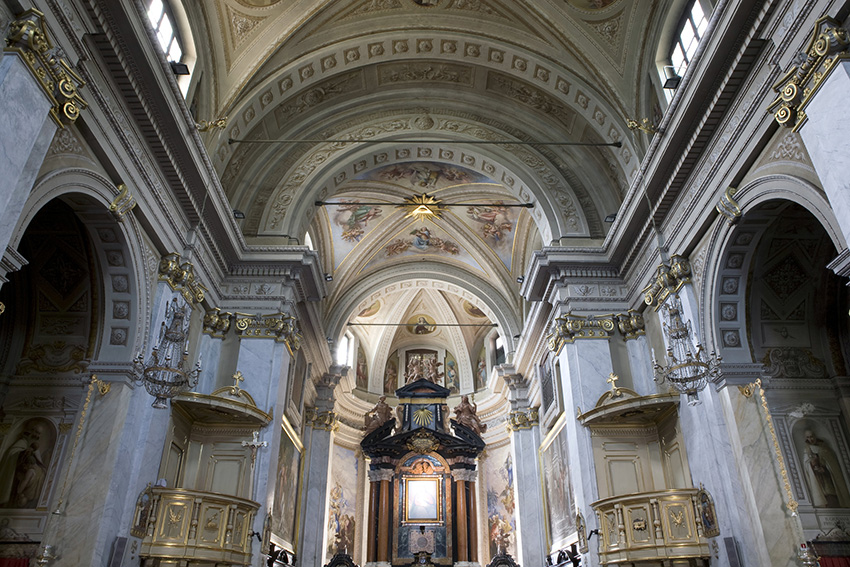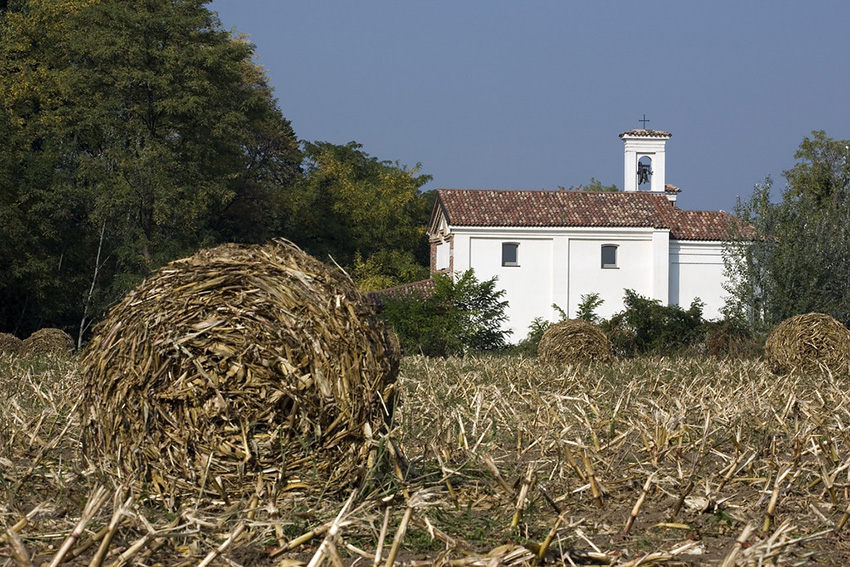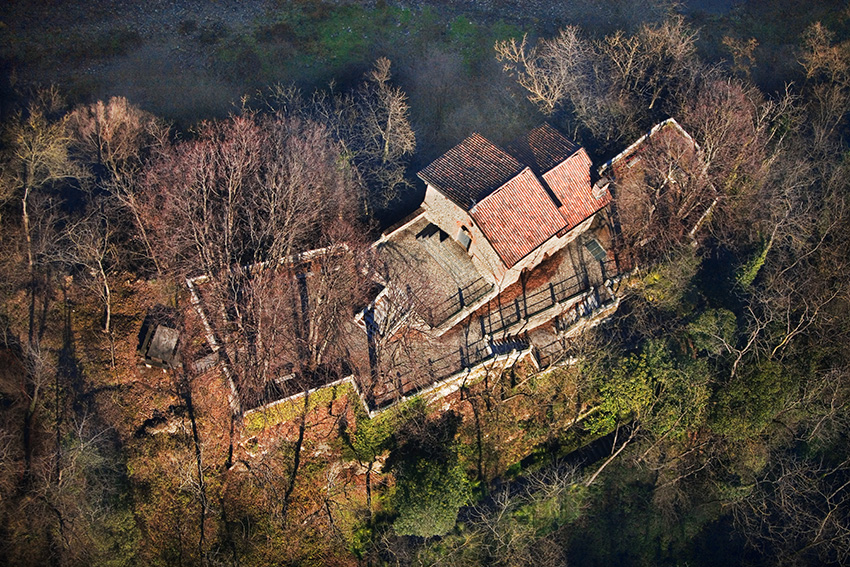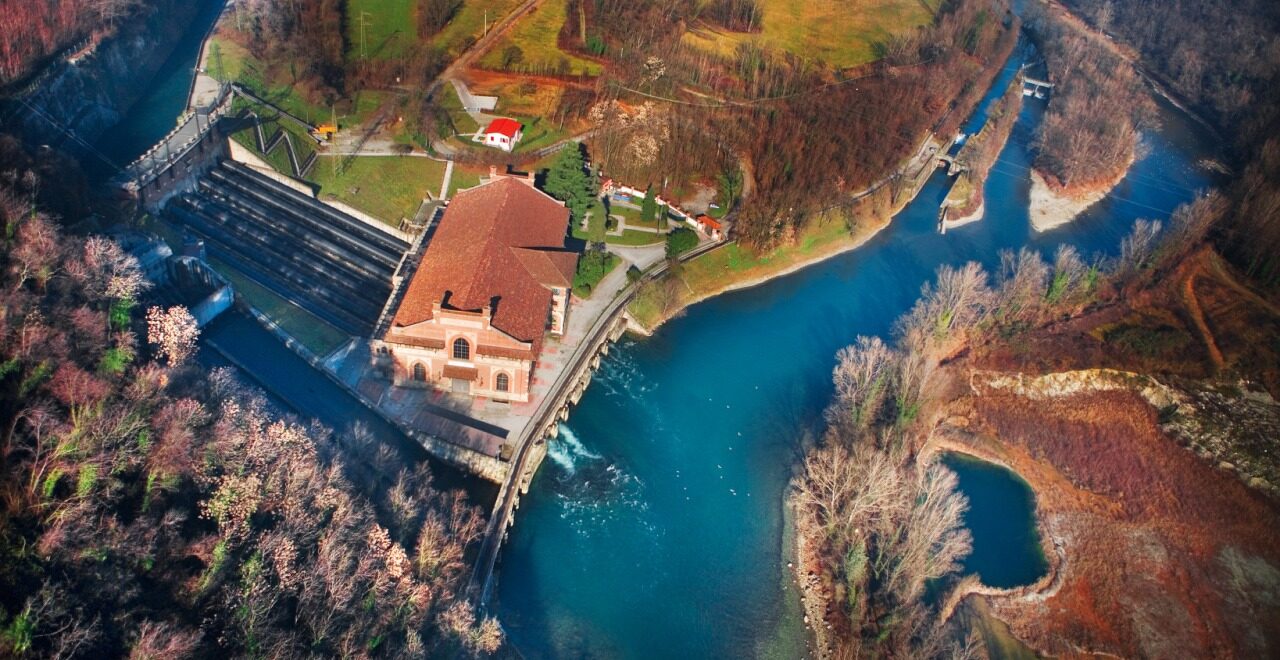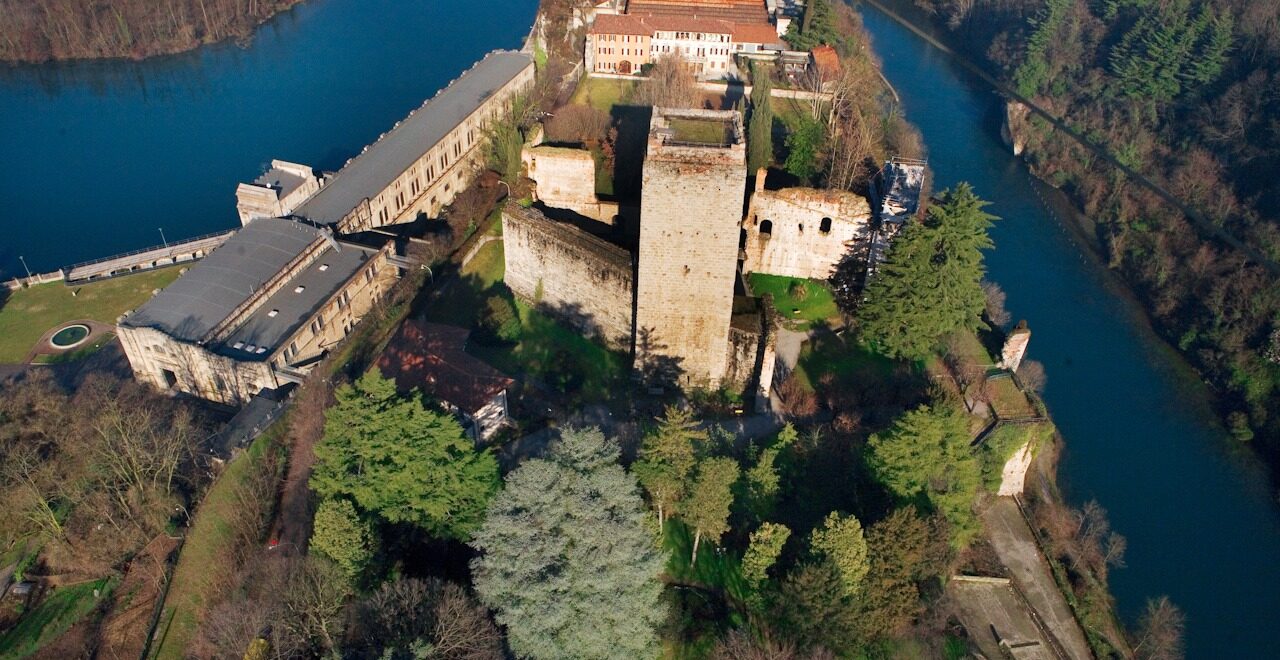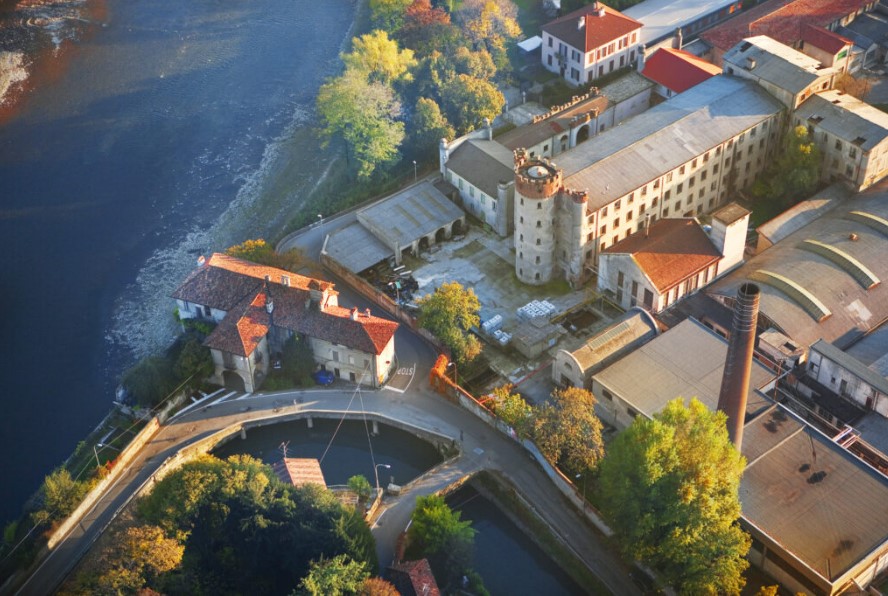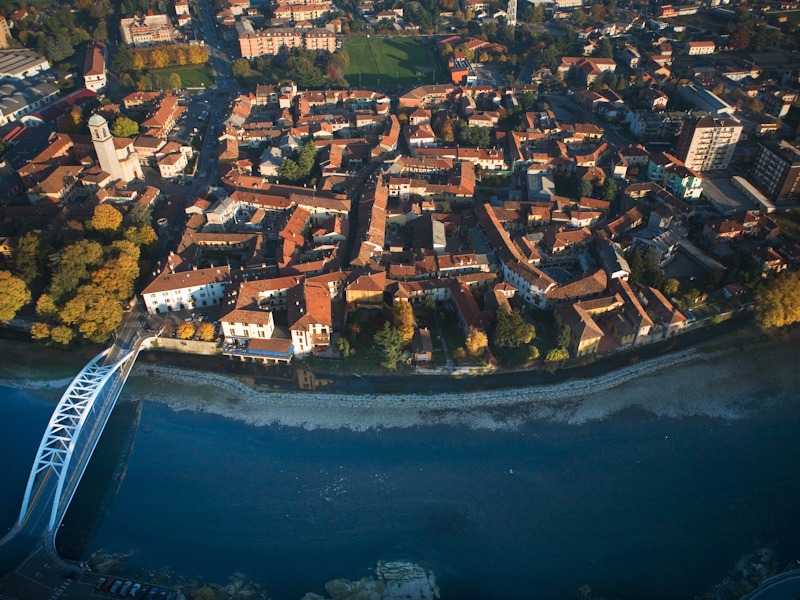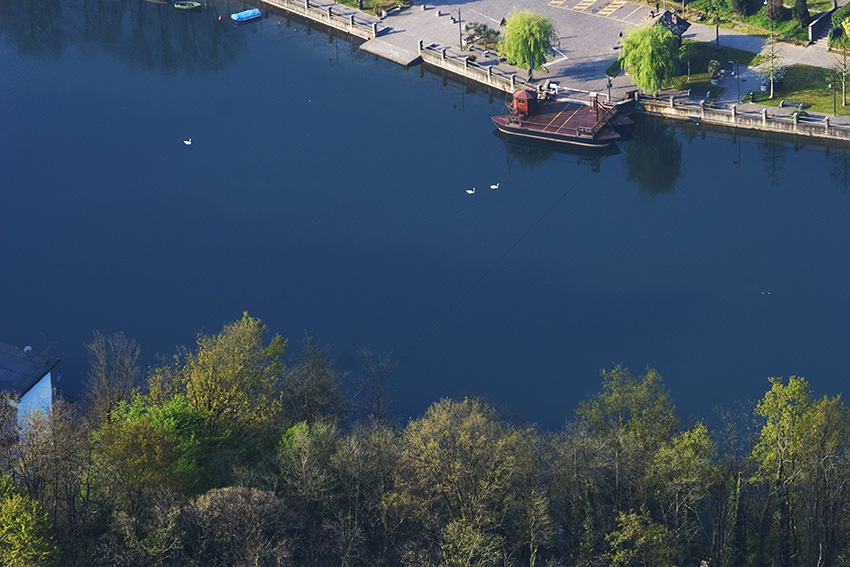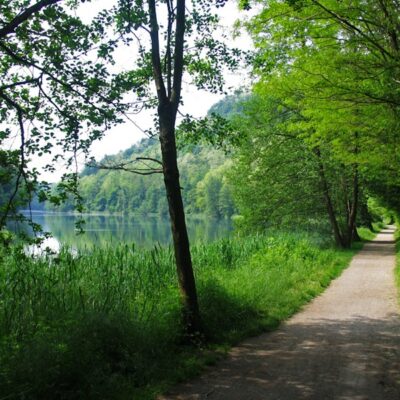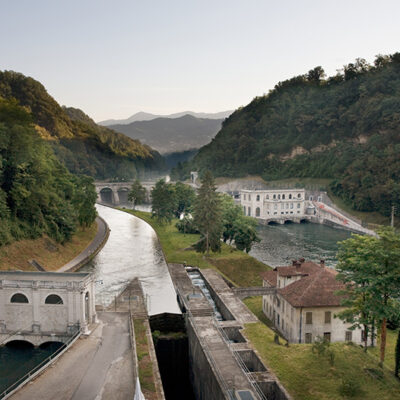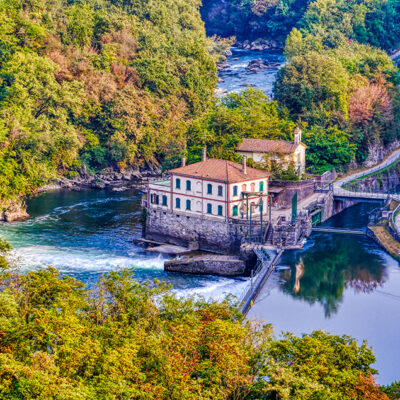Our ecomuseum unfolds around three waterways: the Adda river and the Martesana and Paderno navigli. Our territory has been shaped throughout the centuries by human efforts to use water as a resource, from the first Celtic settlements along the river to Medieval fortifications overlooking fords and ports, to the network of irrigation canals and waterways that made the wealth of the Duchy of Milan, to the factories and hydroelectric power plants of the XIX century.
Our main goals center around the promotion of our cultural, historic and naturalistic heritage, in order to help create a sustainable local economy based on slow tourism. Our work is based on two main lines of intervention: the first consists in operating as a point of connection between local communities and visitors, by creating frameworks for interpreting the history contained in landscapes and monuments, the real “objects” in our collection, and developing projects aimed at the valorization of the local heritage. The second line of intervention centers around the conservation and restoration of our heritage and includes all research, documentation, mapping and dissemination of knowledge activities.
Our work is based on the sustainability paradigm, which includes environmental sustainability (promote slow tourism, in particular the discovery of the territory on foot or by bike, and promoting off-peak travel and short-distance tourism), economic sustainability (help local economic operators develop stable revenue streams and generate job opportunities, especially for young people) and social sustainability (strengthen the social fabric by promoting local associations and help them network and work together).
Our activities range from organizing events aimed at the discovery of the territory from visitors and locals alike, to working with schools on innovative ways to share and promote our heritage (like multimedia apps such as “Adda di Leonardo” and “Adda, il fiume che unisce”). We are collecting a library of books dedicated to the territory, in order to create a resource for students and researchers. We also work with wider networks, including our current commitment with the Comitato promotore per le celebrazioni di Ludovico il Moro, led by the municipality of Vigevano. We offer our competence to local municipalities, supporting their projects in the cultural and territorial marketing aspects.


